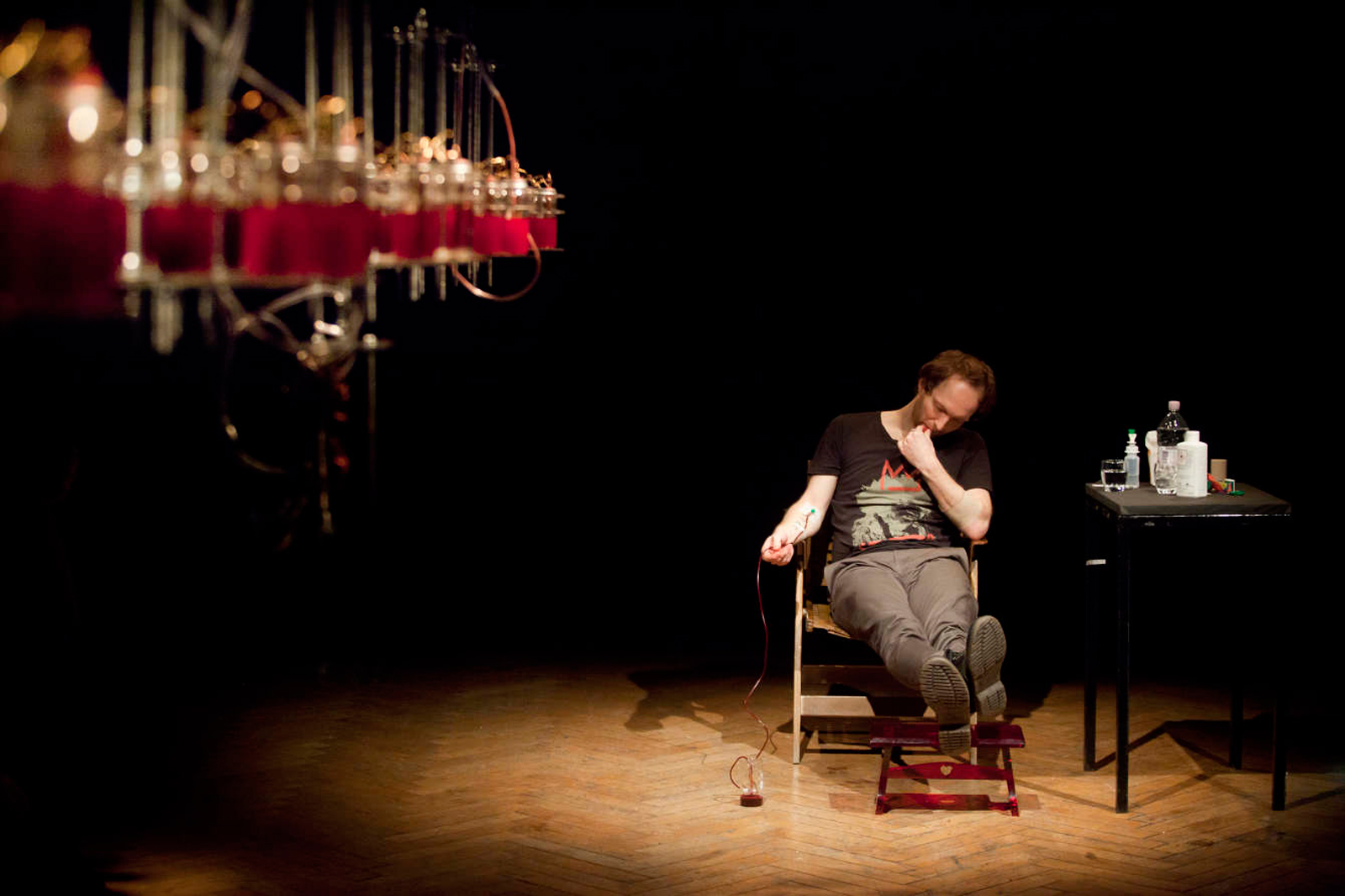
IBM is worried that we're reaching the end of the road for CMOS technology -- that we need new materials beyond silicon to keep the power draw down in chips as their performance goes up. It may keep future circuitry extra-lean through a new technique that puts a metal oxide in silicon's place and allows for non-volatile processors and memory. By running ionized liquid electrolytes in currents through the oxide, the company can switch that oxide from an insulator to a conductor (and vice versa) that can reliably maintain its state, even when there's no power. The trick would let a logic gate or switch kick into action only when there's an event, rather than needing constant jolts of electricity -- and without the pressure or temperature changes that had ruled out metal oxides for chips in the past. We're still far from replacing silicon with more efficient oxides given the early state of IBM's work, but having a consistent method is an important first step.
Filed under: Science, Alt
Comments
Source: IBM
 Russian artist Vtol is no stranger to making sounds with unusual technology, but one of his latest projects might top them all. He recently created Until I Die, an electronic sound installation powered by himself -- namely, his blood. His creation...
Russian artist Vtol is no stranger to making sounds with unusual technology, but one of his latest projects might top them all. He recently created Until I Die, an electronic sound installation powered by himself -- namely, his blood. His creation...
 Russian artist Vtol is no stranger to making sounds with unusual technology, but one of his latest projects might top them all. He recently created Until I Die, an electronic sound installation powered by himself -- namely, his blood. His creation...
Russian artist Vtol is no stranger to making sounds with unusual technology, but one of his latest projects might top them all. He recently created Until I Die, an electronic sound installation powered by himself -- namely, his blood. His creation...
 Alternative fuel cars are rarely pulse pounding thrill rides, but NanoFlowcell might have created an exception to the rule. It's teasing the Quant 48Volt, a supercar concept that runs on a combination of positive and negative electrolyte fluids. No...
Alternative fuel cars are rarely pulse pounding thrill rides, but NanoFlowcell might have created an exception to the rule. It's teasing the Quant 48Volt, a supercar concept that runs on a combination of positive and negative electrolyte fluids. No...



